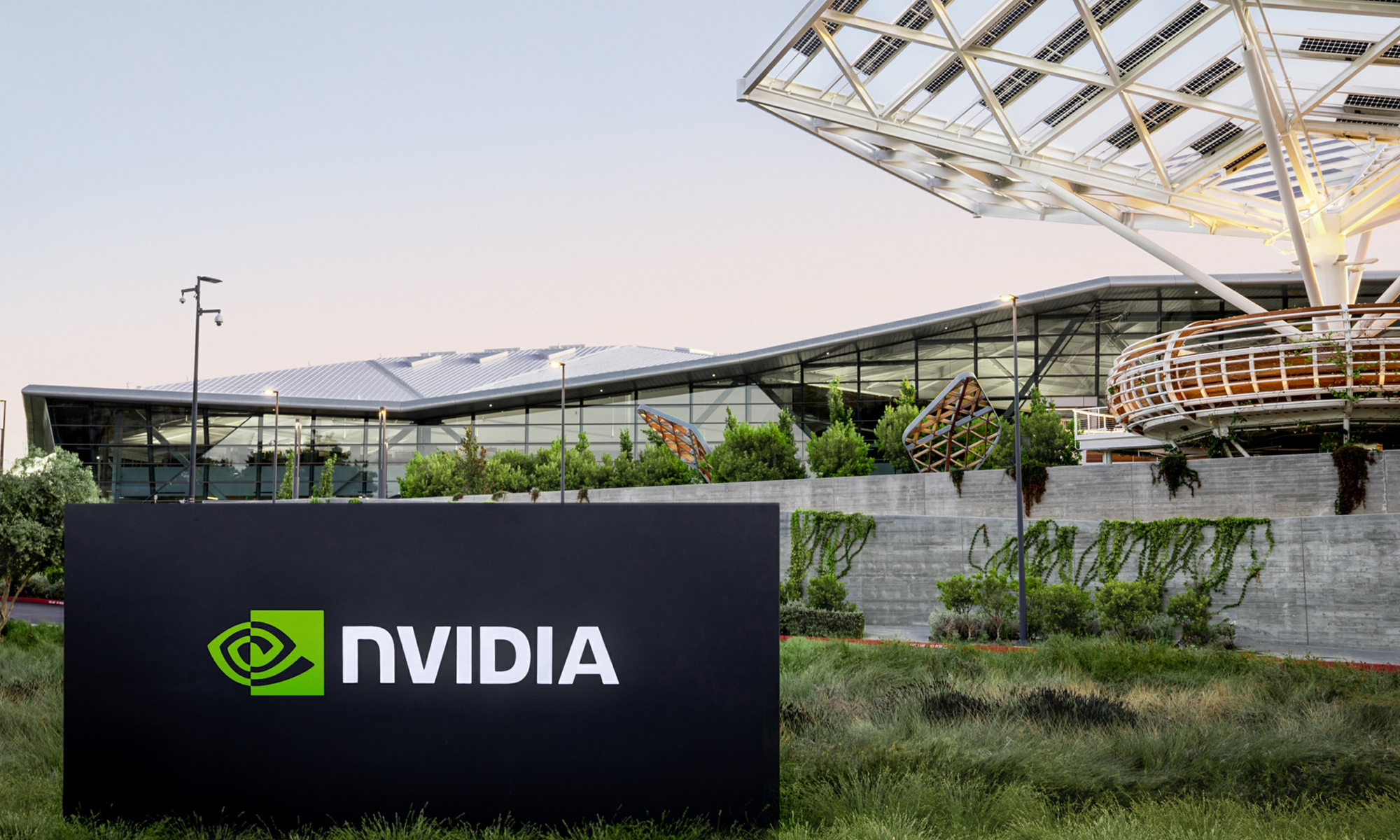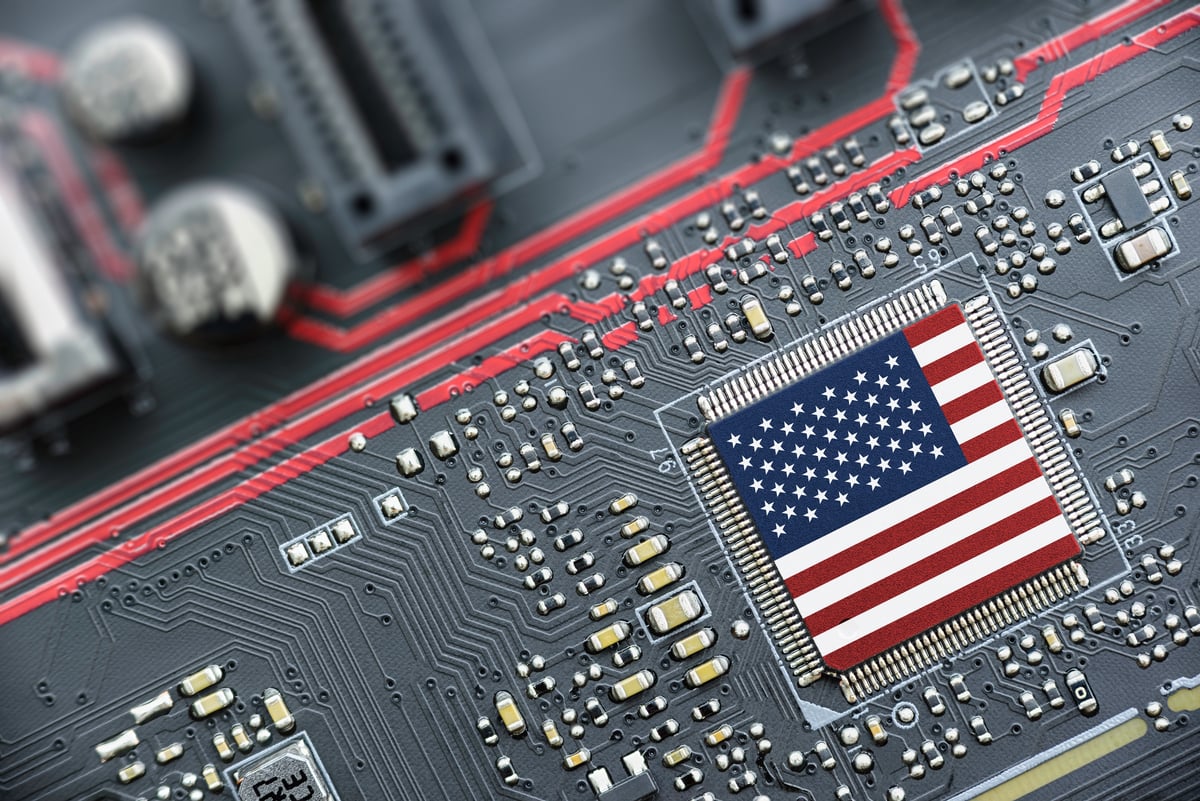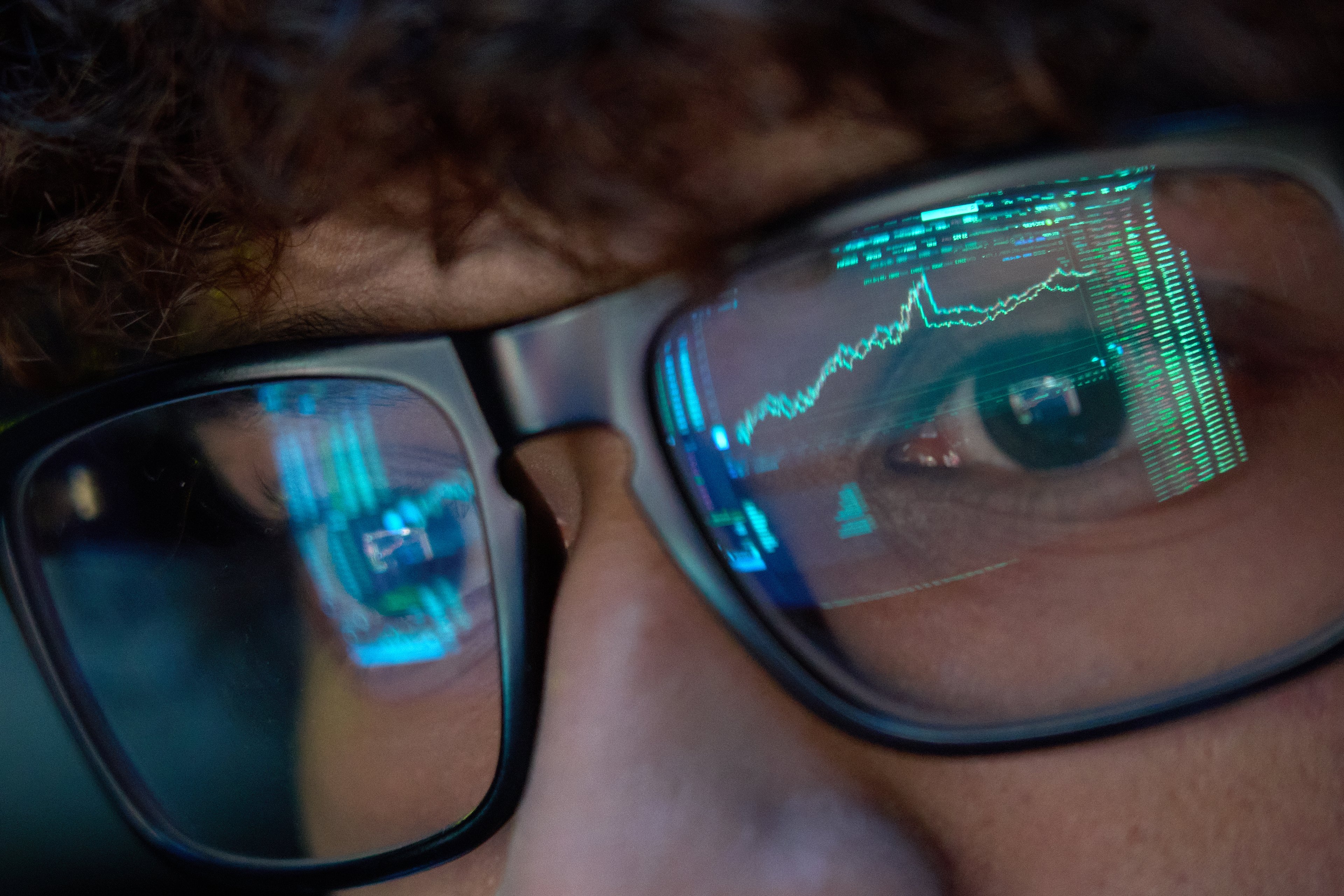There are a lot of reasons why investors get excited about Nvidia (NVDA +1.91%). The chipmaking giant has been the big winner in the artificial intelligence (AI) infrastructure buildout which helped it create a large moat and become the dominant provider of the graphic processing units (GPUs) used in AI servers.
One thing that kept the stock from performing even better is some investors worry that after an initial surge, spending on AI infrastructure may slow from current levels. However, there is a hidden metric found within Microsoft's (MSFT +1.66%) recent annual 10-K filing that should allay any worries that there are even brighter days ahead for Nvidia.

Image source: Getty Images.
Data center finance leases
Buried within the footnote of its quarterly and annual reports, Microsoft lists the number of finance leases, mostly for data centers, that have yet to commence. The details include the amount of money it has contracted out for leases that it has not yet begun to use.
At the end of June, these finance leases that have yet to begin stood at a staggering $108.4 billion. To put that in context, Microsoft had total finance lease liabilities of $27.1 billion at the end of its fiscal 2024 (which ended in June), and its finance leases yet to be commenced at the end of fiscal year 2023 were $34.4 billion. So the amount of finance leases it has contracted out that have yet to begin has more than tripled in the past year.
These leases are expected to begin between fiscal years 2025 and 2030. They will have terms ranging from one year to 20 years.
So what does all this mean? Well, finance leases are typically long-term agreements by which the owner of an asset gives control of it to another party in exchange for payments. Usually at the end of the lease, the lessee (the party making payments) has the option to buy the asset for a nominal amount.
Microsoft has made it clear that these leases are for data centers, which means it has contracts in place to spend a whole lot of money on data centers in the coming years. Now some of this could be through partnerships with Oracle and CoreWeave, as speculated earlier by UBS. But this still leaves a lot of new data center space set to be added.

NASDAQ: NVDA
Key Data Points
How will this impact Nvidia?
For Nvidia, this is just another indication of future data center spending -- and, by extension, GPU spending -- in the future. Hyperscalers such as Microsoft are already spending an enormous amount of money on capital expenditures (capex), with much of that directed toward AI and data centers. In fiscal 2024, Microsoft spent $44.5 billion in capex, almost entirely on the cloud and AI, and it said it would spend even more in fiscal year 2025.
Half of its capex last fiscal year was on infrastructure to build and lease data centers, and the other half was on CPU and GPU servers. These not-yet-commenced finance lease obligations point to even more spending ahead and the need for more GPU servers.
And Microsoft isn't the only company spending a boatload of money on AI-related capex. Amazon spent $30.5 billion in capex during the first six months of the year and said it would spend more in the second half, the majority to support the growing need for AWS infrastructure.
Alphabet, meanwhile, is spending over $12 billion a quarter on capex, with the largest component for servers, and Meta Platforms said it expects a significant increase in capex growth in 2025 from its recently upwardly revised 2024 budget of $37 billion to $40 billion.
These large tech companies are racing to build out their AI infrastructure, and there appears no end in sight. Large language models (LLMs) need more and more computing power to train as they advance, which means not only more GPUs, but exponentially more. For example, xAI, backed by Elon Musk, trained its next Grok-3 LLM using 100,000 GPUs, five times the amount of Grok-2, while Alphabet said its Llama 4 model would need up to 10 times the GPUs as the 16,000 used for Llama 3.
All these data points continue to indicate that there is still a lot of spending ahead on AI infrastructure and GPUs, all to the benefit of Nvidia.
Is it too late to buy Nvidia?
While Nvidia's stock has been a huge winner, the stock is attractively valued given the huge opportunity that appears to still be in front of it. It trades at a forward price-to-earnings ratio (P/E) of only about 29 based on next year's analyst estimates, and a price/earnings-to-growth ratio (PEG) of under 0.8. A PEG under 1 is typically considered undervalued, and growth stocks will often command PEGs well above 1.
NVDA PE Ratio (Forward 1y) data by YCharts
As such, I think the best approach to take regarding Nvidia is to listen to and follow what Nvidia's largest customers are saying and doing. On that front, it appears those customers plan to spend a lot more money on GPUs from the company in the coming years, with Microsoft looking to be one of the biggest spenders. With Nvidia's stock still attractively priced, I'd be a buyer.







